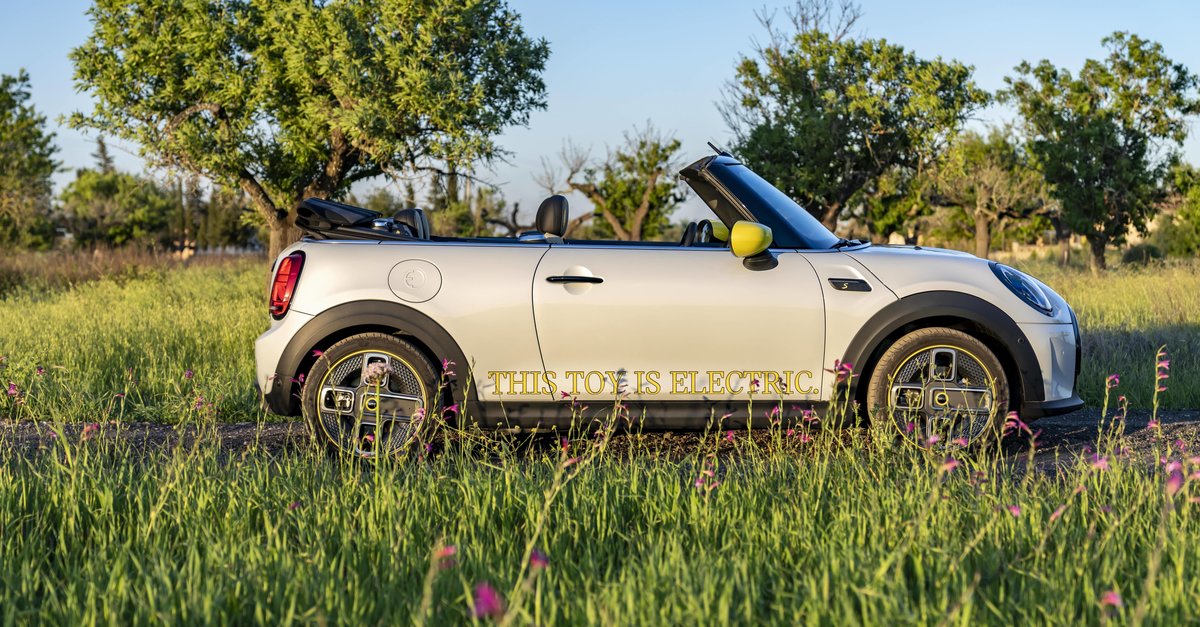Test procedure for the range of e-cars
Anyone who is interested in electric cars has certainly heard of the “WLTP” test procedure, thanks to which the range of electric vehicles can be compared uniformly. In addition, there are “CLTC”, “EPA” and “NEDC”. You can find out what the abbreviations mean in this guide.
WLTP: What does the abbreviation mean?
WLTP is an abbreviation for the English term “Wworldwide harmonized Leight vehicles Test Procedure” and describes a measurement method for determining the exhaust emissions as well as the fuel or electricity consumption of motor vehicles. WLTP comes special in Europe and Japan and was gradually introduced by the EU after the VW emissions scandal in 2015.
This became that outdated test procedure “NEDC” superseded, which had been in use since the 1990s. Neither the information from the NEDC on consumption nor on the range were realistic, in contrast to WLTP. The latter takes traffic volume into account and better reflects the consumption and range of electric vehicles. This is achieved by using longer driving cycles and wider speed differentials, and taking into account various external factors. These include, for example, loss of performance due to air conditioning or other electronics.
Disadvantages include, for example, not taking into account the loss of range that electric vehicles experience in cold weather. Depending on ambient temperature the actual range of Stromer deviates from the WLTP range.
Testing: what does EPA stand for?
The EPA, the “Environmental Protection Agency”. US Environmental Protection Agency, uses its own range test for Stromer. What is usually meant is the so-called “Multi-Cycle City/Highway Test Procedure”. The procedure uses dynamometers to test energy consumption and range. To do this, the vehicle’s battery is first fully charged and left overnight. The next day, the car is used in city traffic, on the motorway and country roads until the battery gives up (source: fueleconomy.gov).
After the test, the testers expect a average performance deviation of almost 30 percent based on the determined range. The final result is only 70 percent.
CLTC: The abbreviation could soon become more important
You can hear the four letters especially in context Chinese automakers. The range measurement is called “China Light-Duty Vehicle Test Cycle”. The standard is said to be noticeably more accurate than the previously used “NEDC”.
The process is divided into three phases, which differ in terms of the speed driven: slow, medium, fast. The whole process only takes 30 minutes and covers a distance of around 14.5 kilometres. At around 115 kilometers per hour, the test speed driven is slightly lower than in the WLTP test, since the values adapted to the Chinese road traffic regulations are. Since the CTLC measurement is increasingly becoming the only standard in China and is thus steadily increasing in importance, you should have heard of it before (source: licarco.com)
A notice: The EPA describes the range of your dream electric car most accurately, with the WLTP just behind it. To date, the CLTC ranges have deviated the most from the actually achievable distances.



